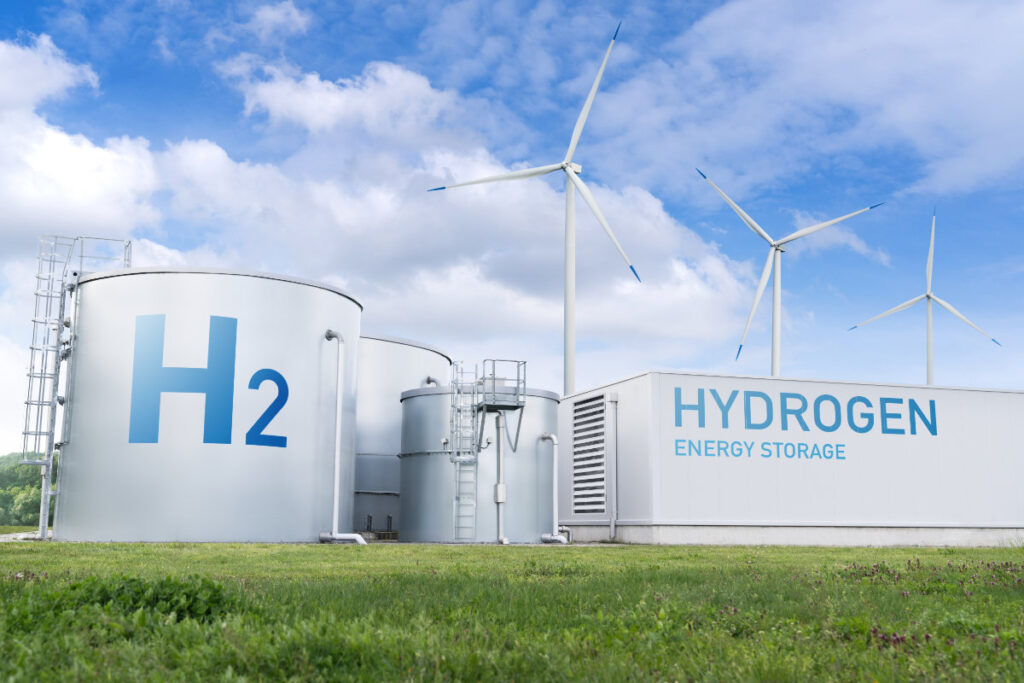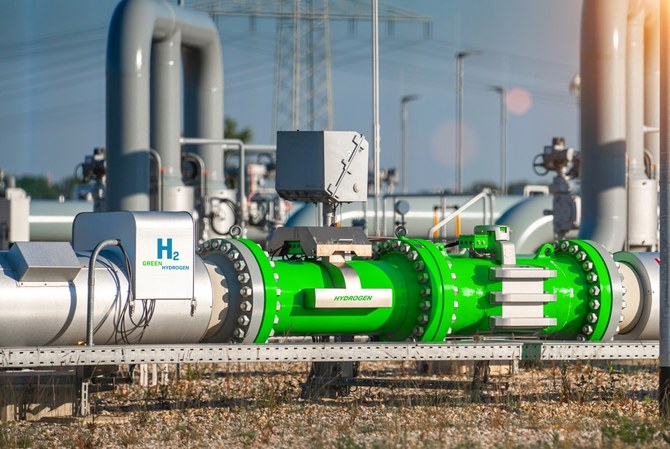Saudi Aramco renewable hydrogen hubs are emerging as a groundbreaking initiative in the global energy landscape. As one of the world’s leading energy companies, Saudi Aramco is investing heavily in renewable hydrogen to transform energy production, reduce carbon emissions, and drive sustainability. This bold move highlights the company’s commitment to supporting the global energy transition while maintaining its leadership in the oil and gas sector.
Understanding Renewable Hydrogen and Its Importance
Renewable hydrogen, often called green hydrogen, is produced using renewable energy sources like solar and wind power. Unlike conventional hydrogen, which is derived from fossil fuels, renewable hydrogen generates little to no greenhouse gas emissions. This makes it a crucial component in the fight against climate change.
Saudi Aramco renewable hydrogen hubs aim to leverage this technology to create a cleaner energy ecosystem. These hubs will not only support domestic energy needs but also position Saudi Arabia as a key exporter of green energy solutions worldwide.
Saudi Aramco’s Strategic Investment in Hydrogen Hubs
Saudi Aramco has announced several strategic investments in renewable hydrogen hubs both within Saudi Arabia and internationally. The company plans to develop large-scale facilities that integrate hydrogen production with renewable energy sources. These hubs are expected to serve multiple purposes, including:
- Supporting industrial operations: Hydrogen can be used as a clean fuel for industrial processes, reducing carbon footprints in sectors like steel, cement, and chemical manufacturing.
- Energy export opportunities: Saudi Aramco aims to export renewable hydrogen to international markets, meeting the growing global demand for clean energy.
- Infrastructure development: The hubs will create supporting infrastructure for hydrogen storage, transportation, and distribution, paving the way for a sustainable energy network.
By investing in these hubs, Saudi Aramco is demonstrating its commitment to diversification and innovation in the energy sector.
How Renewable Hydrogen Hubs Work

A renewable hydrogen hub typically consists of three main components:
- Electrolysis units: These facilities use electricity from renewable sources to split water into hydrogen and oxygen.
- Storage systems: Hydrogen is stored safely under controlled conditions for later use or transport.
- Distribution networks: Pipelines, trucks, or shipping vessels deliver hydrogen to industrial and energy customers.
Saudi Aramco renewable hydrogen hubs are designed to integrate all three components efficiently. By using solar and wind energy abundant in Saudi Arabia, these hubs can produce hydrogen at a competitive cost while minimizing environmental impact.
Economic and Environmental Benefits
The development of renewable hydrogen hubs brings significant economic and environmental advantages:
- Job creation: Construction, operation, and maintenance of hydrogen hubs will generate thousands of jobs across multiple sectors.
- Energy security: By producing hydrogen locally, Saudi Arabia reduces reliance on fossil fuels and enhances energy resilience.
- Carbon reduction: Hydrogen produced from renewable sources contributes to lowering greenhouse gas emissions, helping Saudi Arabia meet its climate goals.
- Global competitiveness: By exporting renewable hydrogen, Saudi Aramco can strengthen its position in the international clean energy market.
Experts believe that hydrogen will play a central role in the global energy transition. Saudi Aramco’s investment in these hubs positions the country as a leader in this emerging market.
Saudi Aramco’s Role in Global Hydrogen Initiatives
Saudi Aramco renewable hydrogen hubs are not just a domestic project—they are part of a broader international strategy. The company is collaborating with global partners, including energy firms, technology providers, and governments, to develop a robust hydrogen ecosystem.
Some key global initiatives include:
- Joint ventures: Partnerships with international companies to share expertise and technology for large-scale hydrogen production.
- Research and development: Funding innovative projects to improve electrolysis efficiency, storage solutions, and hydrogen transport technologies.
- Market development: Working with global regulators and stakeholders to create policies and standards that support hydrogen adoption.
These initiatives demonstrate Saudi Aramco’s proactive approach to shaping the future of clean energy worldwide.
Challenges and Opportunities in Hydrogen Development

While the potential of renewable hydrogen is immense, there are challenges to overcome:
- High production costs: Green hydrogen is currently more expensive than fossil fuel-based alternatives.
- Infrastructure requirements: Building pipelines, storage facilities, and distribution networks requires significant investment.
- Technological limitations: Advances in electrolysis efficiency and hydrogen transport are needed to scale production.
Despite these challenges, Saudi Aramco renewable hydrogen hubs represent a unique opportunity. The company’s scale, expertise, and financial strength enable it to address these hurdles effectively while accelerating the adoption of hydrogen globally.
The Future of Energy in Saudi Arabia
Saudi Arabia has long been associated with oil production, but the country is now embracing a diversified energy future. The Saudi Vision 2030 initiative emphasizes sustainability, clean energy, and economic diversification. Renewable hydrogen hubs fit perfectly within this vision.
By investing in these hubs, Saudi Aramco contributes to a cleaner, more sustainable energy sector while securing a competitive advantage in the global market. The company’s leadership in hydrogen technology can inspire other nations to adopt similar approaches, accelerating the worldwide transition to renewable energy.
Conclusion
Saudi Aramco renewable hydrogen hubs are more than just an investment—they are a bold statement about the future of energy. By combining innovation, sustainability, and global collaboration, these hubs have the potential to transform Saudi Arabia into a leading player in the clean energy revolution.
As renewable hydrogen technology matures, Saudi Aramco’s proactive investments will likely yield long-term economic, environmental, and social benefits. For industries, governments, and consumers around the world, this initiative signals a new era where clean energy and traditional energy leadership can coexist.
Saudi Aramco’s commitment to renewable hydrogen demonstrates that even the world’s largest oil company can lead the transition to a greener, more sustainable future. The success of these hydrogen hubs will not only shape the company’s legacy but also redefine Saudi Arabia’s role in the global energy landscape.
Do Follow Gulf Magazine on Instagram
Also Read: Why Oman is Betting Big on Elon Musk’s AI Company xAI



